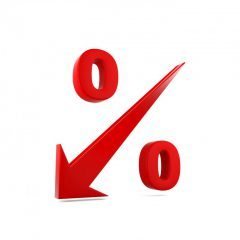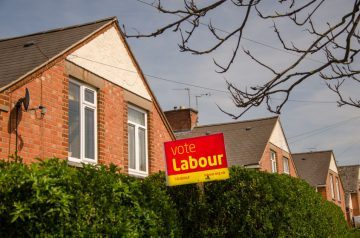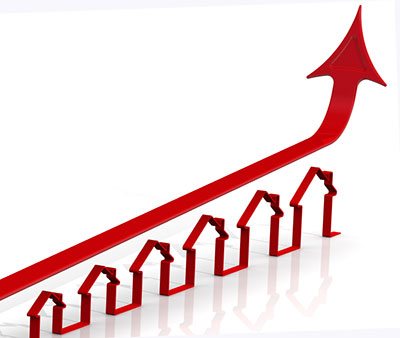Annual House Price Growth Eases Again, to 3.3%
Annual house price growth eased again in May, to 3.3%, according to the latest House Price Index from Halifax.
The rate of growth recorded last month was lower than in April and is the lowest annual rate seen since May 2013 (2.6%). It is around a third of the 10.0% peak hit in March 2016.
On a quarterly basis, house prices in the three months to May were 0.2% lower than in the preceding quarter. This is the second quarterly decline since November 2012 (0.3%).
Month-on-month, there has virtually been no change in prices, at 0.4%.
Nationally, house prices in May were 11% above their August 2007 peak. The average house price of £220,706 is now £66,043 (43%) higher than its low point of £154,663 in April 2009.

Annual House Price Growth Eases Again, to 3.3%
The House Price Index also found that sales dropped by 3% between March and April this year, to 99,910. This followed three successive months when sales were above 100,000. Nonetheless, sales in the three months to April were 2% higher than in the previous three months.
The volume of mortgage approvals for house purchases – a leading indicator of completed home sales – fell by 2% between March and April, to 64,600.
Approvals have been in a narrow range between 64,600 and 68,600 per month over the past six months, suggesting that home sales are unlikely to change significantly over the next few months.
Rising inflation and weak wage growth, alongside higher Stamp Duty rates for buy-to-let and second property purchases, have weakened market activity, reports Halifax.
However, supply still remains very low. The number of properties coming onto the market decreased for the 14th consecutive month in April. This kept the average stock level on estate agents’ books close to historic lows.
Nevertheless, a rise in private sector housebuilding has been recorded. Private enterprise new build housing completions rose by 12% in the first quarter (Q1) of this year, compared with the previous quarter. In contrast, completions by housing associations were 5% lower. All completions are 57% above the low seen in Q1 2013, but remain 18% lower than their Q1 2007 peak.
The Housing Economist at Halifax, Martin Ellis, says: “After reaching a recent peak of 10% in March 2016, the annual house price growth has since fallen to 3.3% in May.
“House prices have again fallen over the past three months. Overall, prices in the three months to May were 0.2% lower than in the preceding three months; the same rate as in April.
“The fact that the supply of new homes and existing properties available for sale remains low, combined with historically low mortgage rates and a high employment rate, is likely to support house price levels over the coming months.”
The Founder and CEO of online estate agent eMoov.co.uk, Russell Quirk, also comments: “Despite many predicting a second consecutive monthly drop in house price growth, the latest numbers by Halifax show that prices have, in fact, crept up ever so slightly during May, notwithstanding a marginal fall in the last quarter.
“The unpredictability of recent house price trends demonstrates the turbulent landscape that both the UK property market, along with the wider economy, have had to traverse over the last year or so. With the snap election looming imminently, the recent cool in price growth seems to be thawing and it is no coincidence that one of the overarching factors in the recent price growth slowdown has been a shortage of stock, more so than usual.”
He adds: “Tomorrow’s vote will be pivotal in shaping the future of the UK housing market. However, regardless of which way it goes, it is likely that the sector will receive a boost from the many home sellers and buyers who, until now, will have been putting their decision on hold until the election dust has settled.”
eMoov has recently accessed which political party has been best for the property market since 1970: /best-political-party-house-price-growth/






